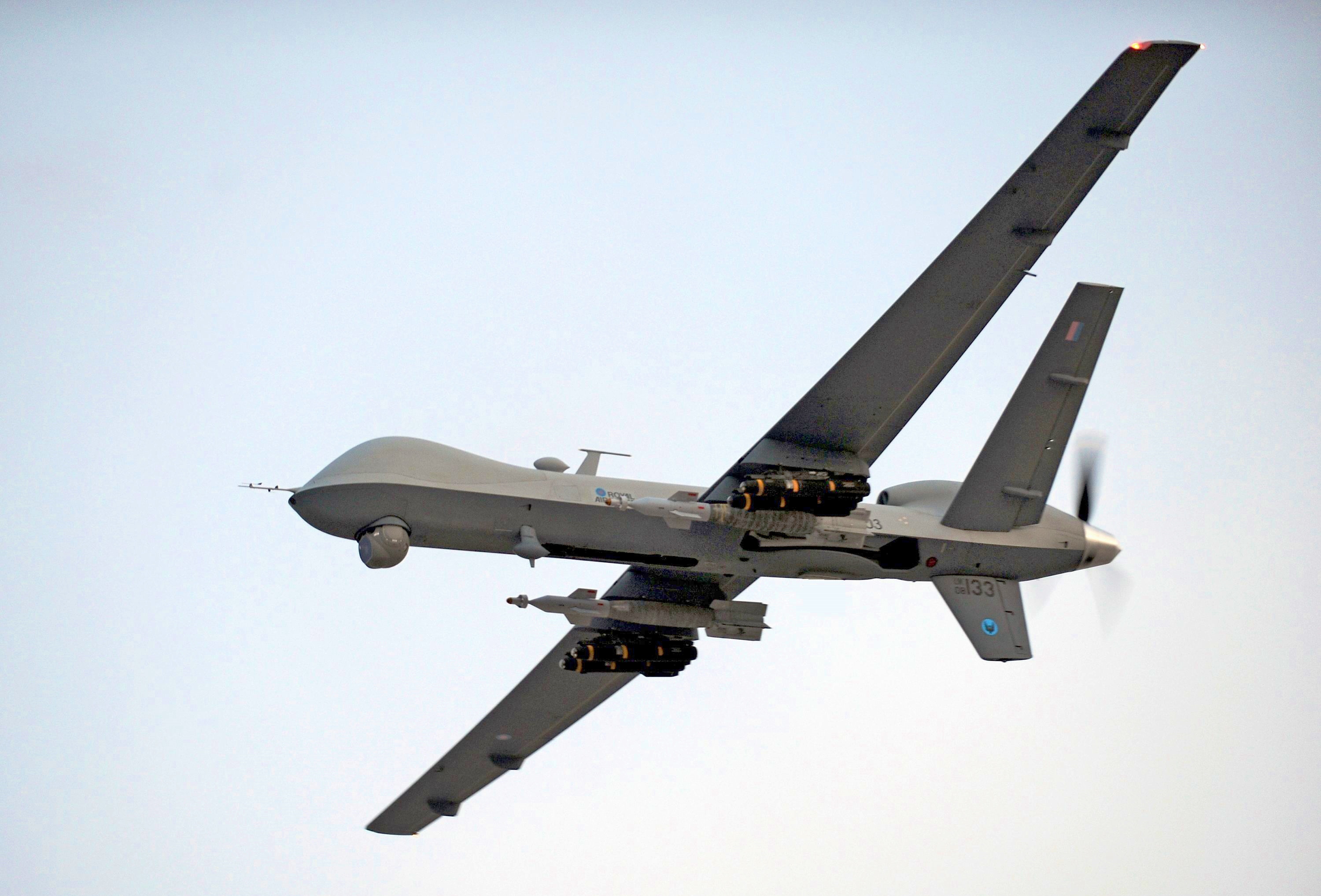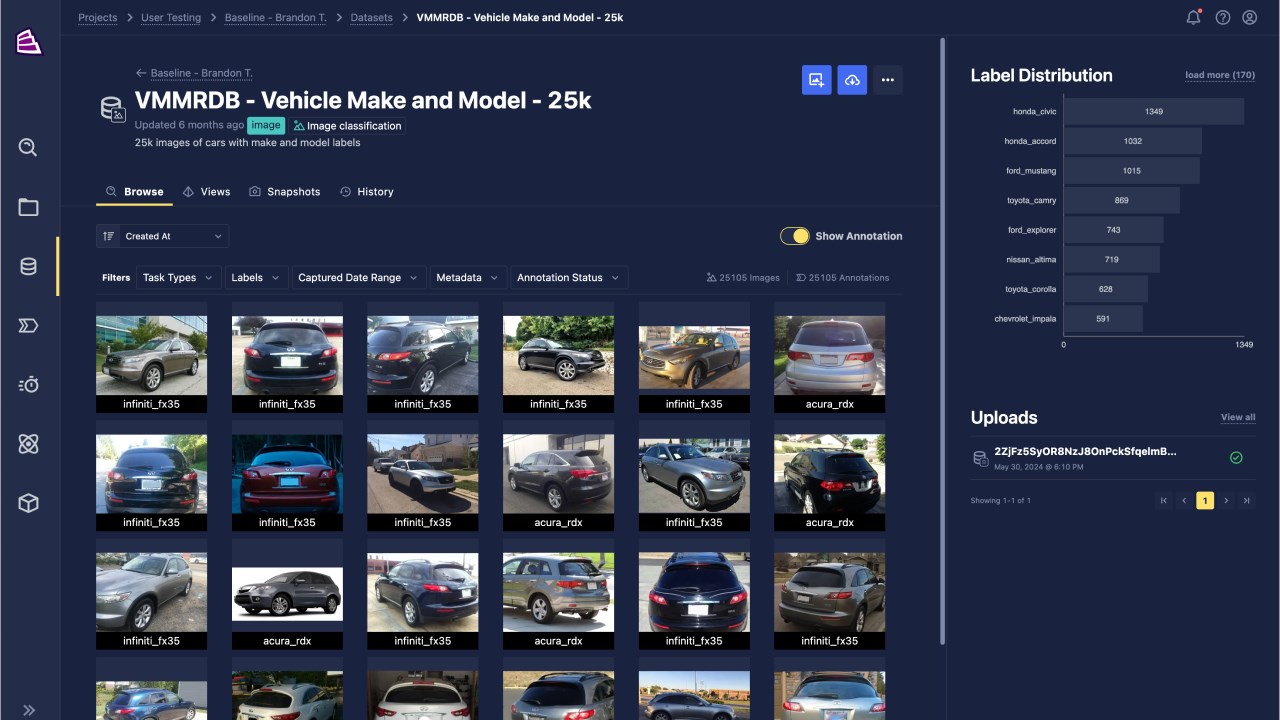
Army Expands AI Partnership to Secure Entire 2000-Mile Southern Border with Austin Tech Company
The Algorithm Sentries: How Commercial AI Became America's Digital Border Guard
Silicon Valley's Code Meets the Rio Grande's Reality
AUSTIN, Texas — In the pre-dawn hours along America's southern frontier, artificial intelligence now watches where human eyes cannot see. Advanced algorithms process streams of data from sensors scattered across nearly 2,000 miles of contested terrain, making split-second decisions that reshape how the United States defends its homeland.
The transformation became official today as the U.S. Army dramatically expanded its partnership with Austin-based Striveworks, deploying the company's Chariot artificial intelligence platform to support Joint Task Force-Southern Border operations. This represents far more than a technology upgrade—it signals a fundamental reconfiguration of how military forces integrate commercial innovation into mission-critical operations.
For six years, Striveworks has quietly operated in the shadows of border security, its algorithms learning to distinguish between legitimate activity and genuine threats. Now, that experimental technology becomes operational doctrine, processing massive quantities of imagery, signals, and acoustic data to provide commanders with near-real-time situational awareness across the entire U.S.-Mexico divide.
The deployment marks a watershed moment in defense artificial intelligence, transforming commercial innovation into the central nervous system of border operations that must adapt continuously to evolving threats and adversarial tactics.
When Machines Learn to Patrol
Unlike traditional defense systems locked into predetermined responses, Striveworks' Chariot platform embodies a radical departure: artificial intelligence that evolves with its environment. The system continuously monitors its own performance, retrains models, and optimizes decision pathways as conditions shift or adversaries adapt their methods.
"We're enabling the Army to develop AI models with a flexible framework to inject the best commercial AI innovation has to offer," said James Rebesco, Striveworks' cofounder and CEO. "Our AIOps platform continuously monitors, retrains and improves AI model performance, even as conditions change or adversaries adapt."
AIOps, or Artificial Intelligence for IT Operations, leverages AI and machine learning to enhance and automate IT functions. It works by analyzing large volumes of operational data to proactively identify issues, predict potential problems, and streamline resolutions, providing significant business value through improved efficiency and reliability.
This adaptive architecture addresses a critical vulnerability in modern military operations: the growing speed of tactical adaptation. While traditional defense procurement cycles stretch across years, adversaries can modify their approaches within weeks. Chariot's design philosophy centers on collapsing this adaptation gap through automated model management and real-time performance optimization.
The technical sophistication extends beyond simple pattern recognition. The platform ingests disparate data streams—visual imagery from surveillance towers, acoustic signatures from sensor networks, signals intelligence from communication intercepts—and dynamically assigns optimal AI models to extract actionable insights. This sensor fusion capability enables more precise threat identification while reducing false positives that can overwhelm operational units.
The Drone Wars Come Home
The mission scope encompasses a growing challenge that exemplifies modern asymmetric warfare: countering unmanned aerial systems deployed by sophisticated criminal organizations. Recent intelligence assessments indicate significant increases in drone incursions along border sectors, with cartels leveraging readily-available consumer technology for reconnaissance and smuggling operations.

These small, commercially-available platforms represent a tactical innovation that traditional border security infrastructure struggles to address effectively. Fixed surveillance systems designed for larger aircraft and ground movements lack the agility needed to track small, fast-moving drones operating at low altitudes across vast terrain.
Striveworks' response involves AI-enabled detection networks that can identify, classify, and track multiple unmanned systems simultaneously across diverse operational environments. The platform's ability to process multiple data streams enables detection of drone activity that might evade single-sensor systems, providing commanders with enhanced situational awareness and response options.
The counter-UAS mission also demonstrates how commercial AI capabilities can address military requirements that traditional defense contractors have struggled to meet at appropriate speed and scale. Rapid iteration cycles and market competition drive commercial AI development at velocities that government research programs cannot match.
Redefining Defense Innovation Economics
The Striveworks partnership illuminates a broader transformation in defense acquisition strategy, as military leaders increasingly bypass traditional procurement channels to access cutting-edge commercial capabilities. This shift reflects growing recognition that the most advanced AI development occurs in commercial sectors driven by competitive market dynamics.
Projected growth of the global military artificial intelligence market over the next decade, showing a steep upward trend.
| Source | Current Market Size (Year) | Projected Market Size (Year) | CAGR (Forecast Period) |
|---|---|---|---|
| The Business Research Company | USD 9.67 billion (2024) | USD 61.09 billion (2034) | 20.57% (2024-2034) |
| Precedence Research | USD 9.56 billion (2024) | USD 32.17 billion (2034) | 12.9% (2024-2034) |
| Grand View Research | USD 9.31 billion (2024) | USD 19.29 billion (2030) | 13.0% (2025-2030) |
For defense technology investors, the deployment represents validation of a business model that many have long anticipated but few have successfully executed. Companies capable of delivering production-ready AI systems with appropriate security credentials suddenly find themselves positioned to capture expanding market share as traditional defense contractors struggle to match commercial innovation cycles.
Market analysis suggests defense AI spending could accelerate significantly as military leaders gain operational confidence in commercial platforms. The border mission's success could establish Striveworks as a preferred provider for AI lifecycle management across multiple defense applications, given the Army's broader artificial intelligence adoption strategy and similar requirements across other services.
However, investment considerations must account for the unique challenges of government markets. Defense contractors face concentration risks within federal spending and potential policy volatility affecting specific mission areas. Success requires navigating complex regulatory environments while maintaining the technical agility that drives commercial AI advancement.
The Human Element in Algorithmic Warfare
Behind the sophisticated technology lies a human reality that shapes how artificial intelligence integrates into military operations. Army units deployed along the southern border must adapt their tactics and decision-making processes to leverage AI-generated insights while maintaining command authority and operational flexibility.
The integration challenges extend beyond technical requirements to encompass training, doctrine, and cultural adaptation within military organizations historically structured around human-centric decision processes. Commanders must develop new competencies in AI system management while retaining ultimate responsibility for operational outcomes.
"Striveworks is proud to support the Army in its commitment to operationalizing AI, supporting our warfighters whenever and wherever they are deployed," Rebesco emphasized, highlighting the human-centered focus that underlies the technological capability.
This human-AI integration represents one of the most significant challenges facing modern military organizations. Success requires balancing automated capabilities with human judgment, ensuring that artificial intelligence enhances rather than replaces critical thinking and tactical flexibility.
Strategic Implications for Defense Transformation
The southern border deployment serves multiple strategic purposes beyond immediate operational requirements. The mission provides a controlled environment for testing AI systems that could eventually support operations in more complex, contested environments where adversaries possess advanced electronic warfare capabilities.
Joint Task Force-Southern Border's coordination across federal agencies, state organizations, and local law enforcement creates integration challenges similar to those encountered in coalition operations overseas. Managing AI systems across multiple command authorities provides valuable experience for future deployments where interoperability becomes mission-critical.
The operational data generated through border missions also informs broader AI development efforts. Machine learning models trained on diverse surveillance data could provide insights applicable to other domains where pattern recognition and anomaly detection capabilities prove valuable.
Some defense analysts suggest the border mission represents a stepping stone toward more ambitious AI integration across military domains. Successful deployment of adaptive AI systems in homeland defense could accelerate adoption in expeditionary operations where technological advantage often determines mission outcomes.
Investment Horizons and Market Dynamics
From an investment perspective, the Striveworks expansion occurs within a defense technology landscape undergoing rapid transformation. The company has raised approximately $33 million in funding, positioning it within a competitive market for specialized AI platforms serving government customers.
The defense AI market trajectory suggests substantial growth opportunities for companies demonstrating successful integration of commercial capabilities with military requirements. Operational validation through high-profile deployments like the border mission could command premium valuations and expanded market access.
Market participants should monitor several key indicators: contract expansion rates, integration velocity with existing defense systems, and retention metrics across government customers. Success in these areas could signal sustainable competitive advantages within the expanding defense AI sector.
Concentration risk for government contractors is the financial vulnerability stemming from over-reliance on a single customer, like the government or a major agency. This exposes the business to significant instability if that key contract or relationship changes, potentially impacting a large portion of their revenue.
However, concentration risk within government markets remains a primary concern. Companies heavily dependent on defense spending face unique vulnerabilities related to budget cycles, political priorities, and policy changes affecting specific mission areas.
The Algorithmic Future of National Security
As artificial intelligence becomes embedded in operational military systems, the Striveworks partnership represents early evidence of how commercial innovation reshapes national security capabilities. The success or failure of adaptive AI systems along the southern border will likely influence procurement decisions and partnership structures across the defense technology sector.
The implications extend beyond immediate mission requirements to encompass fundamental questions about how artificial intelligence integrates with military decision-making processes. The deployment provides real-world testing of concepts that could define future defense doctrine and operational capabilities.
For business leaders and investment professionals monitoring the intersection of commercial technology and national security, the border mission offers insights into how rapidly evolving AI capabilities translate into operational military advantages. The partnership's evolution may provide early indicators of broader trends reshaping the defense technology landscape.
The transformation occurring along America's southern frontier represents more than technological advancement—it embodies a strategic shift toward AI-integrated operations that could redefine how military forces operate in an increasingly complex and contested global environment.
NOT INVESTMENT ADVICE
